Is mind-body healing the key to unlocking hidden emotional pain? For many, the connection between shame and physical symptoms remains unseen, yet it shapes daily life. Stress, tension, and even chronic pain often stem from unresolved emotions buried deep within. Mind-body healing, a practice linking mental and physical well-being, is gaining traction as a way to address these silent struggles. By focusing on awareness and integration, it offers a path to release shame’s grip on the body. Here’s how this approach is changing lives.
Shame’s Hidden Impact on the Body
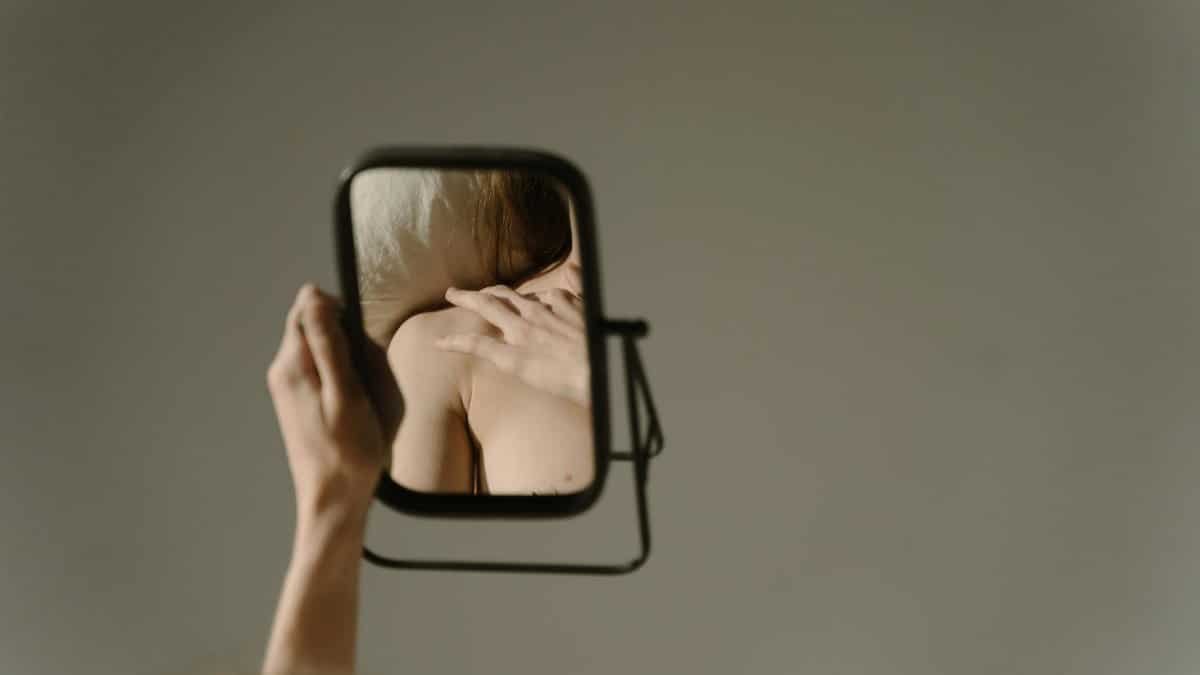
Shame doesn’t just live in the mind; it embeds itself in the body. Tight shoulders, a clenched jaw, or a racing heart can signal emotional distress. Research from institutions like Harvard Medical School shows that chronic stress from shame can trigger inflammation and weaken immune responses. These physical manifestations often go unnoticed, mistaken for unrelated ailments. Recognizing these signs is the first step in addressing the root cause through mind-body healing.
Understanding Mind-Body Healing
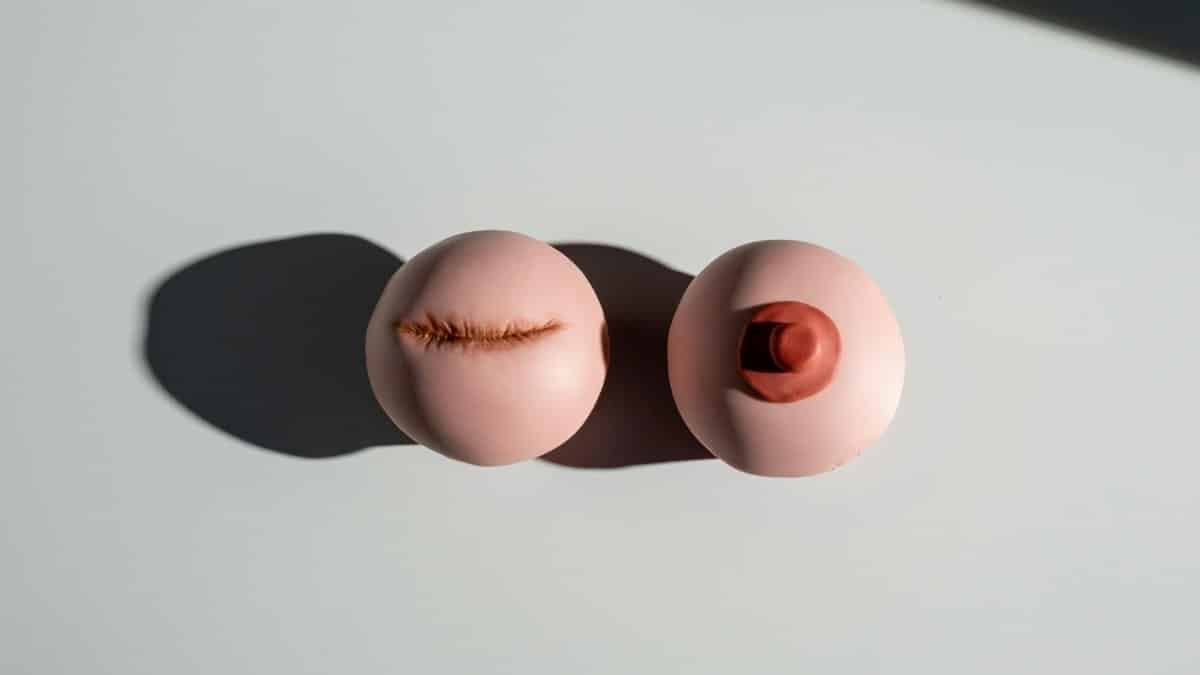
Mind-body healing bridges the gap between emotional and physical health. It uses techniques like mindfulness, meditation, and somatic therapy to help individuals process buried emotions. By tuning into bodily sensations, people can identify and release stored shame. This isn’t just theory—studies backed by the National Center for Complementary and Integrative Health highlight how such practices reduce stress hormones like cortisol, easing physical symptoms.
The Role of Awareness in Healing
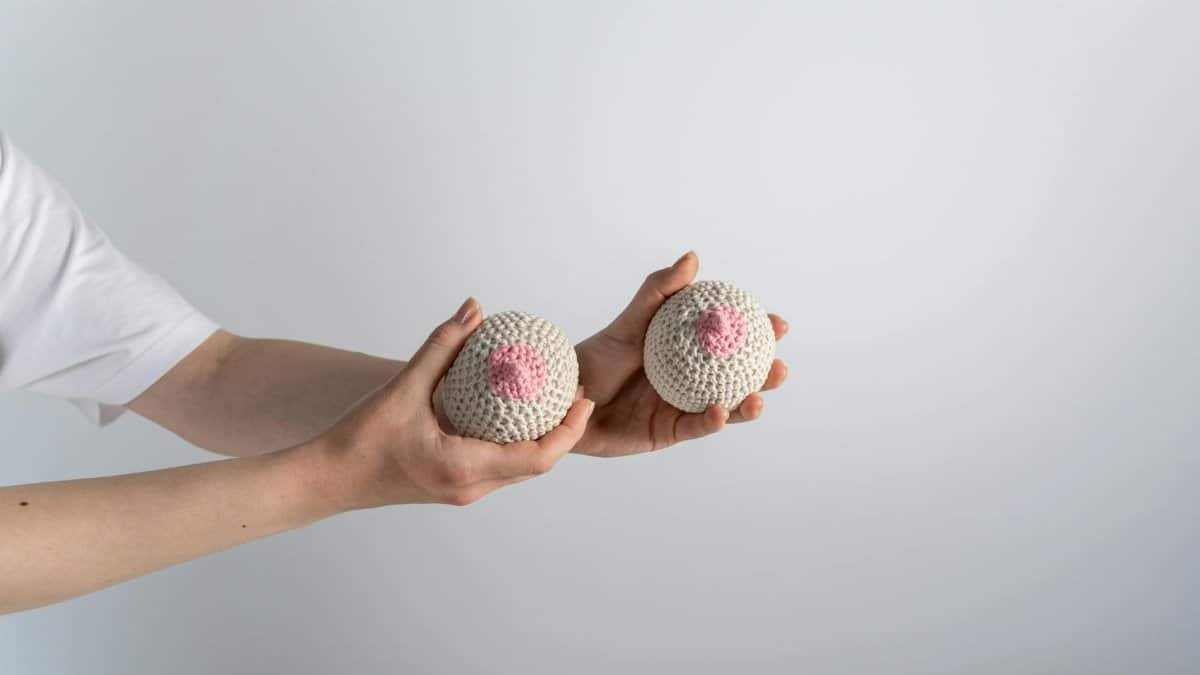
Awareness is the cornerstone of this process. Many don’t realize how shame manifests as headaches or fatigue until they pause to listen to their bodies. Mind-body healing encourages intentional observation—noticing where tension hides and what emotions surface. Therapists often guide patients to name these feelings, stripping away shame’s power. This simple act can shift how the body holds stress, creating space for relief.
Practical Steps to Start Healing
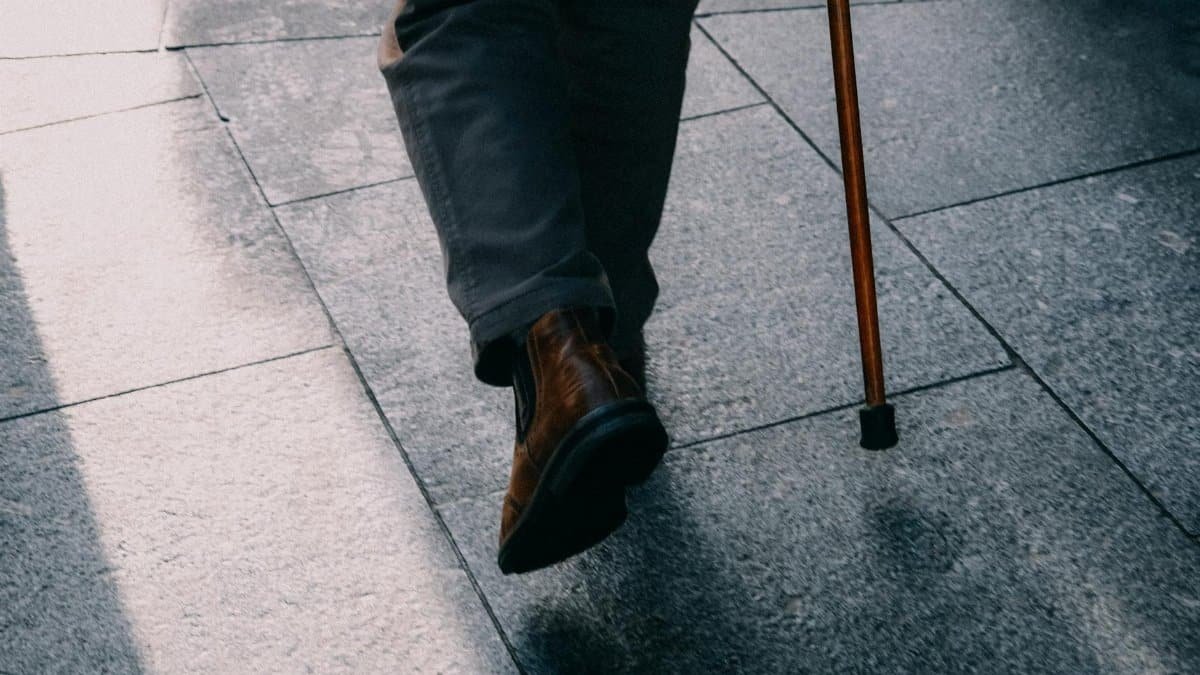
Getting started doesn’t require a major overhaul. Begin with five minutes of deep breathing daily, focusing on areas of physical discomfort. Journaling about emotions tied to bodily sensations can also help. Somatic exercises, like gentle stretching while acknowledging stored feelings, build a stronger mind-body connection. Resources from trusted platforms like the Mayo Clinic offer guided techniques for beginners.
Challenges in Addressing Shame

Facing shame isn’t easy. It often feels safer to ignore pain than confront it. Cultural stigmas around emotional vulnerability can also deter people from seeking help. Mind-body healing requires patience—results aren’t instant, and old patterns resist change. Yet, persistence pays off. Small, consistent efforts can gradually loosen shame’s physical hold, as countless personal accounts attest.
Why This Matters Now
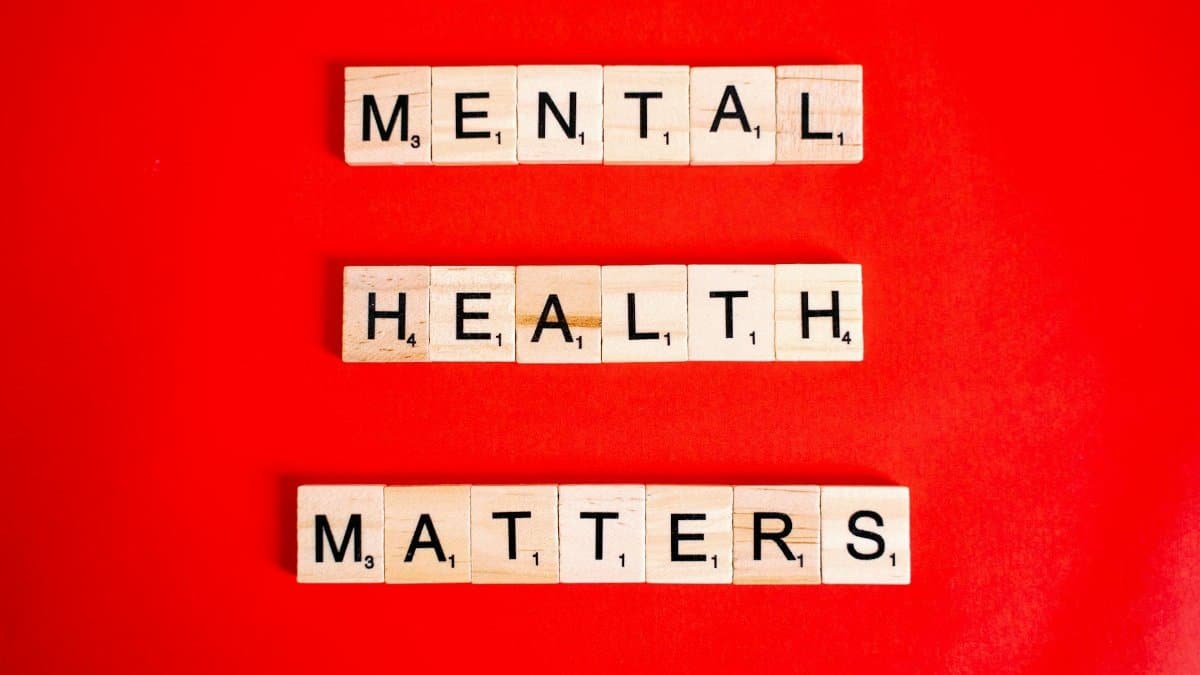
In 2025, mental health conversations are louder than ever, and the link between emotions and physical health is undeniable. With rising stress levels across the U.S., mind-body healing offers a practical tool for self-regulation. It’s not just about feeling better—it’s about reclaiming control over how shame shapes the body. As more turn to holistic approaches, this practice stands out as a way to heal from the inside out.
